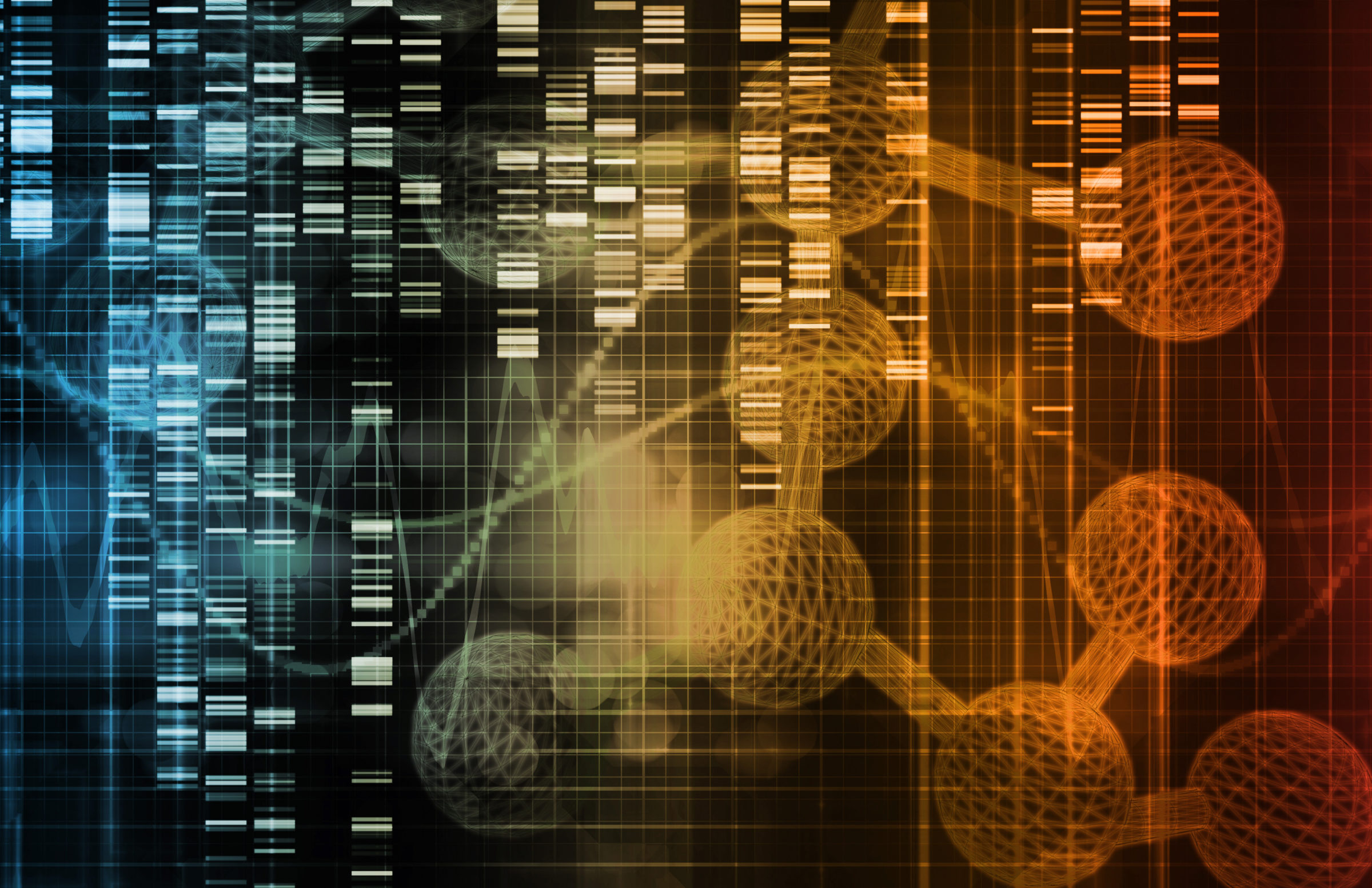At Evolution News & Views, Richard Sternberg responds to Steve Matheson’s continued attacks on Signature in the Cell: On Friday, May 14, I watched as Steve Meyer faced his critics—two of them anyway, Art Hunt and Steve Matheson—at Biola University in Los Angeles. Matheson had previously claimed that Meyer misrepresented introns in his book, Signature in the Cell. (Introns are non-protein-coding sequences of DNA that occur within protein-coding regions.) In a blog post dated February 14, Matheson had accused Meyer of “some combination of ignorance, sloth, and duplicity” for stating in his book that although introns do not encode proteins they nevertheless “play many important functional roles in the cell.” Calling Meyer’s statement “ludicrous,” Matheson wrote on his blog that biologists have identified functional roles for only Read More ›

